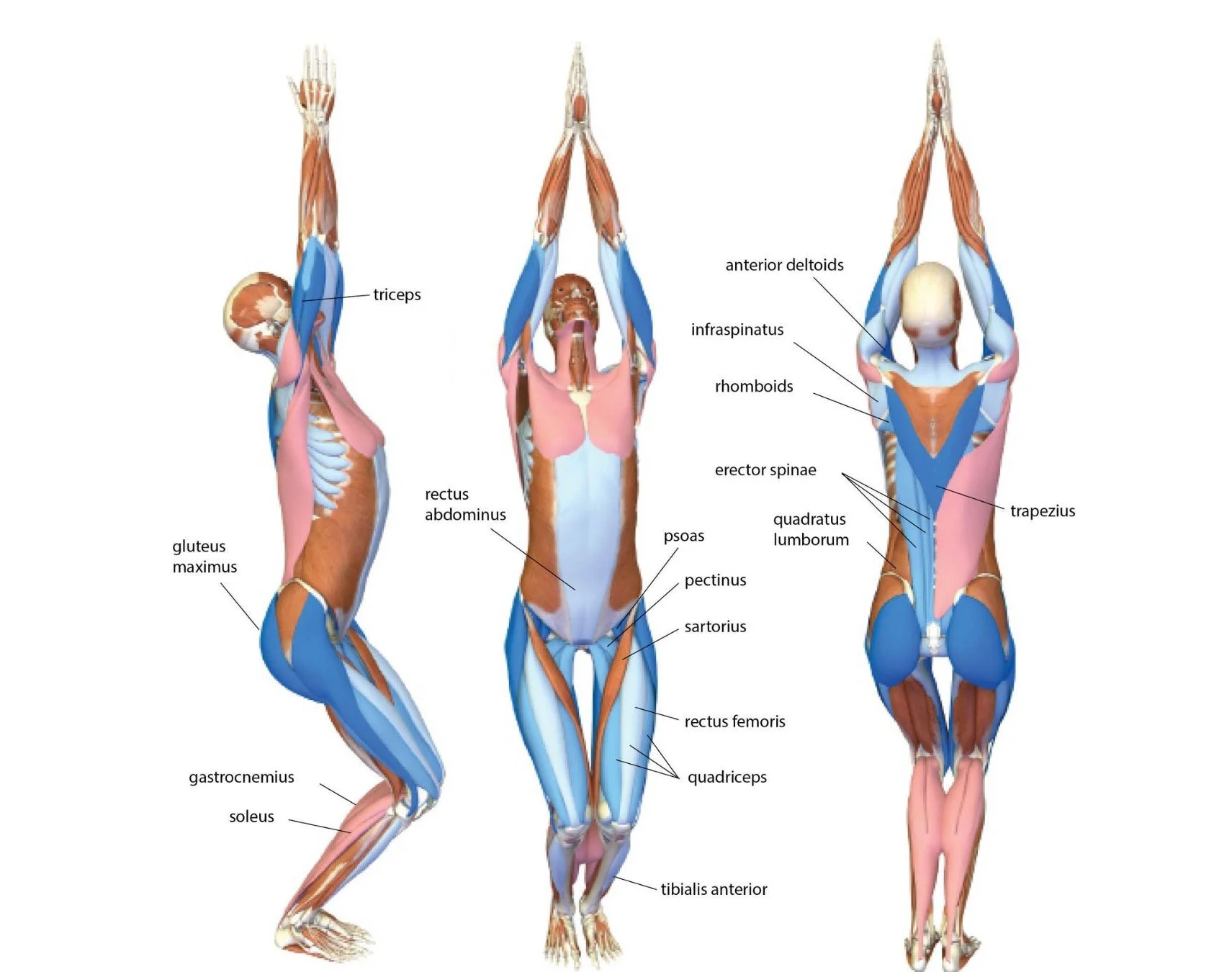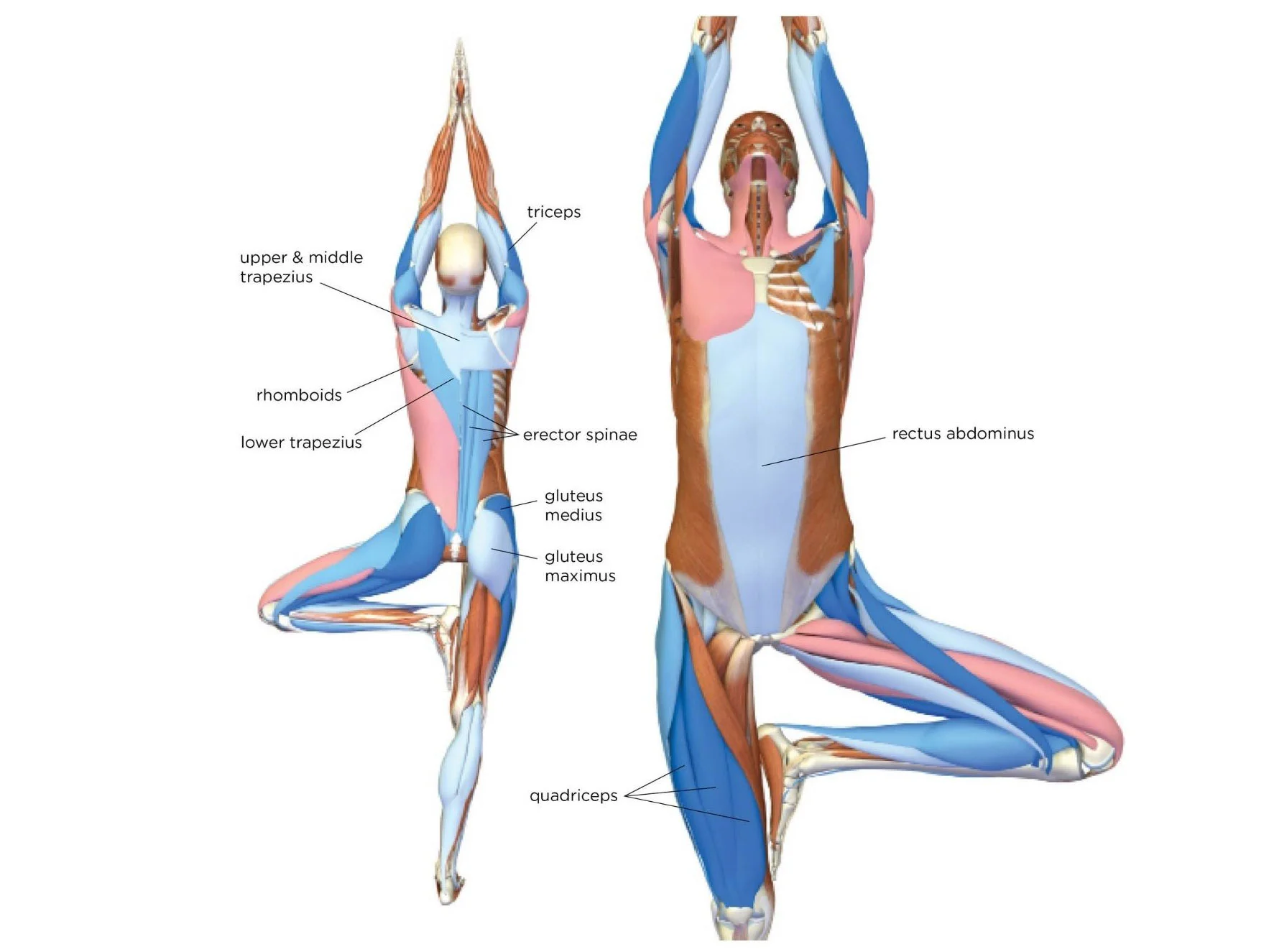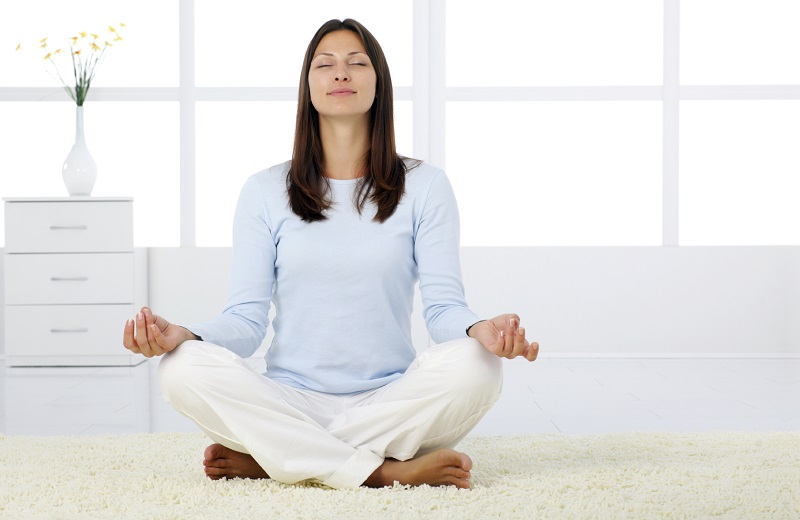Yoga an excellent remedy for stress relief
Yoga can be an outstanding solution for managing stress! It’s about harmonizing the body and the mind. Did you know that Yoga can even help you become fruitful and focus on the present moment, joining postures called Sanskrit asanas?
According to Carine Barco, a hypnotherapist and yoga instructor: “Yoga is usually practised as a form of physical exercise, but it is above all a science of happiness that seeks the health of the body and the union of the physical and the psychic. ”
Therefore, it is a way to unwind. Yoga can help you sleep better, particularly. This is becoming unique in a fast-paced world, and people immediately feel destroyed and stressed.
Yoga – The Best Way Of Living
It is not just physical exercise; as Carine Barco described, it is the best way of life. The practice of yoga can explain how to control stress by working on the relaxation of muscles and the spine when breathing.
Practising yoga always helps to obtain an essential level of peace and calm to fight stress and relax. Forget difficulties with insomnia, feeling heavy legs, muscle stress, or back pain. Did you say magic? Almost!
Doing Yoga also benefits you lose weight.
Yoga needs hardship and discipline, just like any exercise.
You have to give yourself a little, but it deserves it!
Best Yoga Postures for stress relief?
If daily yoga is helpful for your body and mind, there are poses that you can efficiently perform at home or in the office as soon as you feel stressed or like doing it.
Here are four Hatha Yoga postures, the best known in the West, to reduce tension in 5 minutes.
The chair (utkatasana) for heating

This posture betters concentration and releases physical stress.
It’s like alleging that you’re sitting on a chair:
Standing, feet together, bend your knees while pushing your buttocks back,
Elevate your arms above your head on your back, hands together,
Hold the position for three full breaths by pressing your abs and keeping your feet on the ground.
Stork, Hands to Feet, or Padahastasana to end stresses.
This posture stretches the back and benefits from oxygenating the brain and stopping nervous tension.
Think about turning your hips up and let pressure do the rest:
Standing, feet together, shoulders are low, arms are in the air,
Breathe in and out, lower your head and bust until your fingers touch the ground if required, turn your knees,
Come back gently in an inhaling,
Repeat 3 to 6 times, holding your abdomen steady through exercise.
The tree (Vrksasana) to better balance

This posture enables you to redirect your awareness by doing balance work:
Put your right foot inside your left thigh on your knee or ankle when standing with your feet together. If it is too hard,
Put your hands together and press them in front of you on an exhale,
Look forward,
Hold the position for 3 full breaths and shift your legs.
The cat that stretches (Marjarasana) to ease the back
This posture is excellent for improving respiratory flexibility. It stretches the back muscles to combat the pain:
Resting on your knees and hands on all fours, hands on the shoulder axis and knees on the beam axis, make your backrest naturally,
The head is in the extension of the spine; the belly is hard,
Inhale gently by raising your back, vertebra after vertebra and lift your chin and look at the sky,
Exhale slowly, rounding your back, reducing your chin and looking at the floor,
Repeat between 5 and 10 complete breaths.
20 minutes of Yoga after a stressful day
If you have a little more time, have an incredibly stressful day, have an essential performance the next day, or want to relax, take an actual yoga class online.
See on the internet some free video options that offer yoga for beginners. We mainly support those on the website Exercises at Home and Yoga Practices.
But don’t forget, don’t push your body, and don’t go over your boundary. Know that a wound can be much worse than the relaxation that Yoga can give you.
Other advice from Philosophy to release tension
Let’s tell you how you can rest using yoga and the philosophy of living.
Stretch and get there!
Who knows, can you join in stretching with the sea?
You don’t have to do postures, but getting to the office and through a stressful experience is sometimes challenging.
Breathe deeply
Of course, intestinal breathing is the basis of yoga training, and the relaxation exercises are all based on healthy breathing.
Deep breathing, known in Yoga as pranayama, is a “life force.” It produces extra oxygen that supports body relaxation.
Breathing deeply excites the parasympathetic nervous system, which supports the reduction of tension and blood pressure. While fast breathing, synonymous with stress, negatively stimulates the nervous system.

















